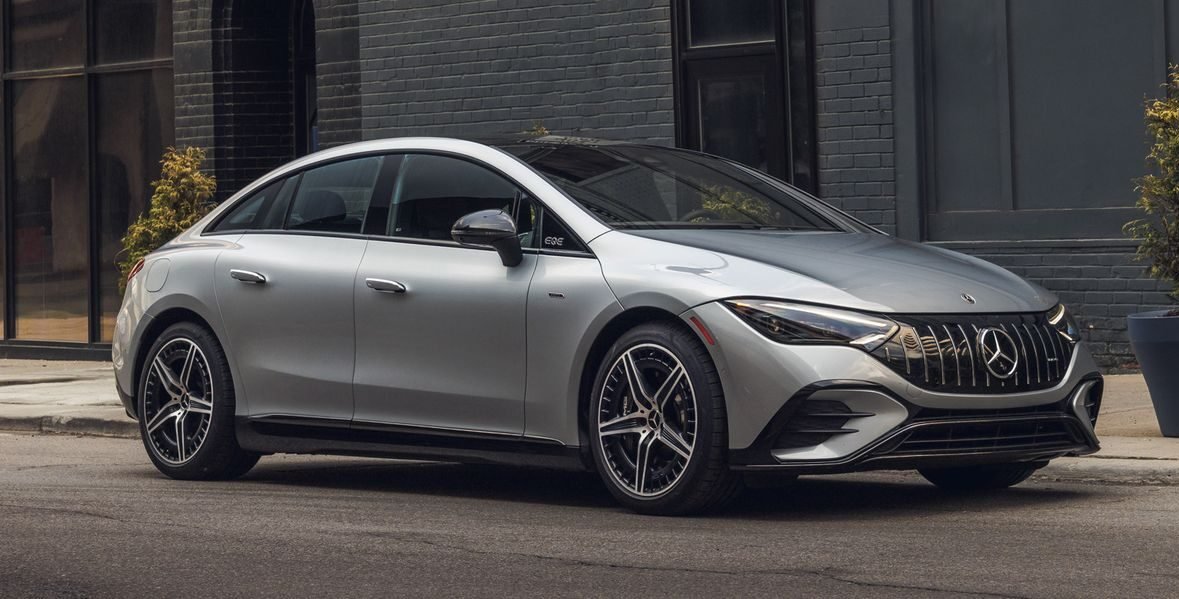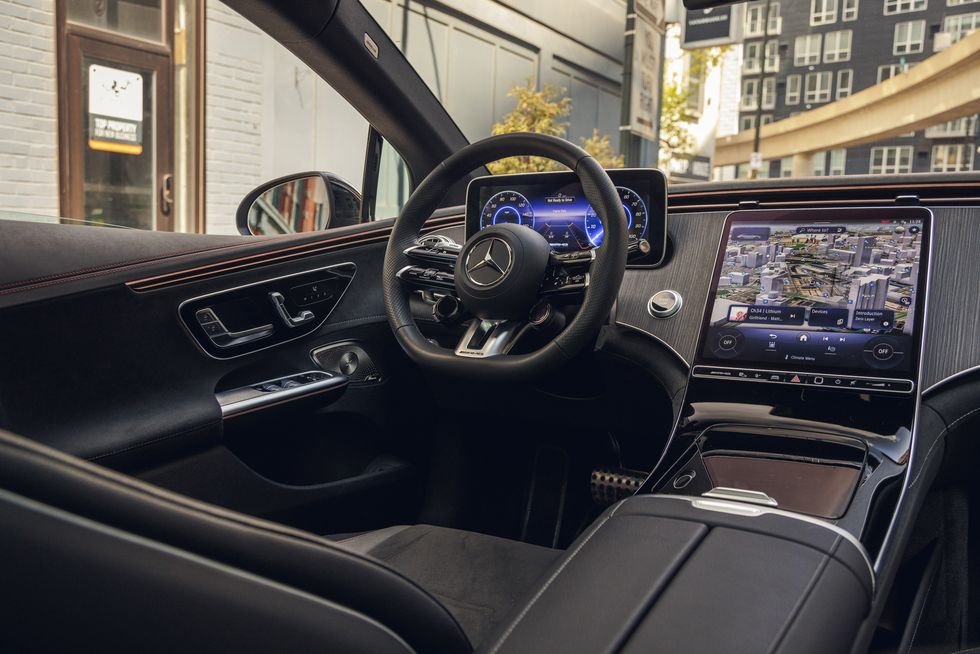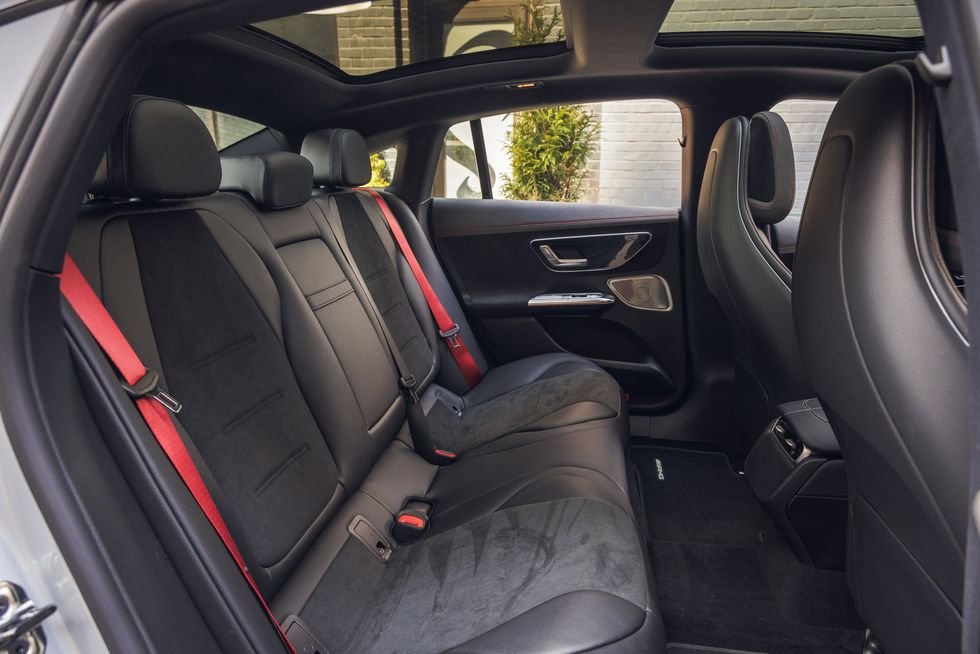
In that same comparison, the EQS is close to the S-Class
Mercedes-Benz’s offensive with battery-electric cars is starting to pay off. At the company’s results conference held this Wednesday (27), the CFO of Mercedes, Harald Wilhelm, revealed that the EQE already has a profit margin equivalent to the Class E with a combustion engine.
Wilhelm said: “Right now, the EQE margin is at the same point as the E-Class margin” , according to Automotive News Europe. And there’s more: the executive added that the EQE may even be more profitable than the E-Class.
To begin with, it is worth noting that there is a considerable difference in price between the two, with the E-Class starting at US$ 55,000 in the United States. Mercedes hasn’t revealed pricing for the EQE for North America, but it starts at around $70,800 in Europe — a $16,000 price difference that’s likely helping the EQE match the profit of its combustion equivalent.

While this is good news for EQE, big brother EQS is still not doing so well. Wilhelm said that profit margins for the luxury electric sedan are closer to the S-Class, but the numbers are improving, while the EQE is closer to its combustion sibling.
Mercedes has no plans to delay its electric car launch schedule. The company plans to increase sales of battery electric vehicles (BEV) compared to plug-in hybrids in the second half of the year.
During the conference, Mercedes CEO Ola Kallenius said he aims for 50% of the company’s electrified car sales to be BEVs, prioritizing them over plug-in hybrids. The new EQE and EQS SUV will help the company achieve this goal.
Battery electric vehicles still have hurdles to overcome before mass adoption takes place. The first is the cost. Electric vehicles are still expensive for consumers, but they are also expensive to produce. However, production costs and prices are falling, and profit margins are rising as a result.

Electric cars are still years away from reaching cost parity with combustion vehicles, but the gap is closing. Some automakers believe that cost parity is just a few years away, while others predict that parity between the two will happen in the second half of this decade. Both costs and prices are coming down, which should be a big win for consumers.
